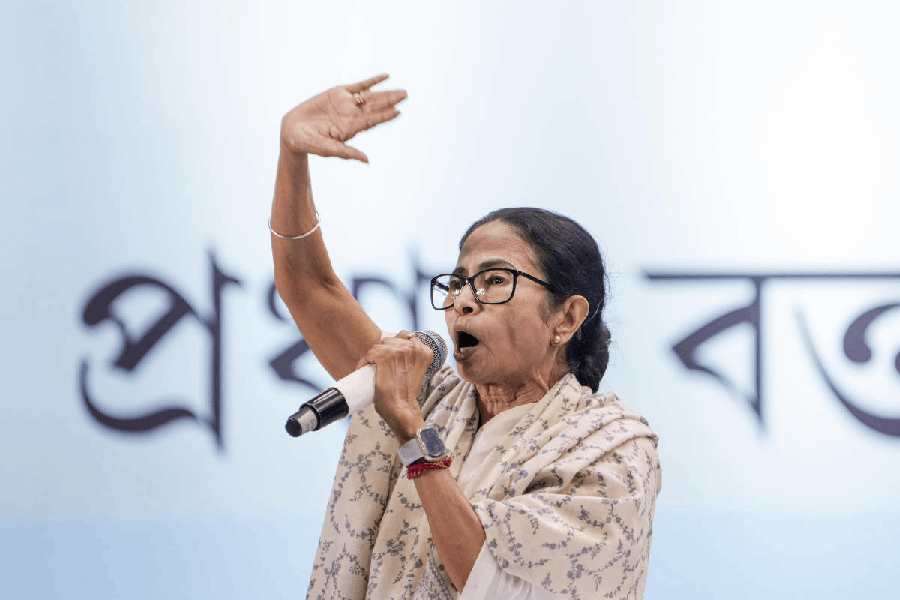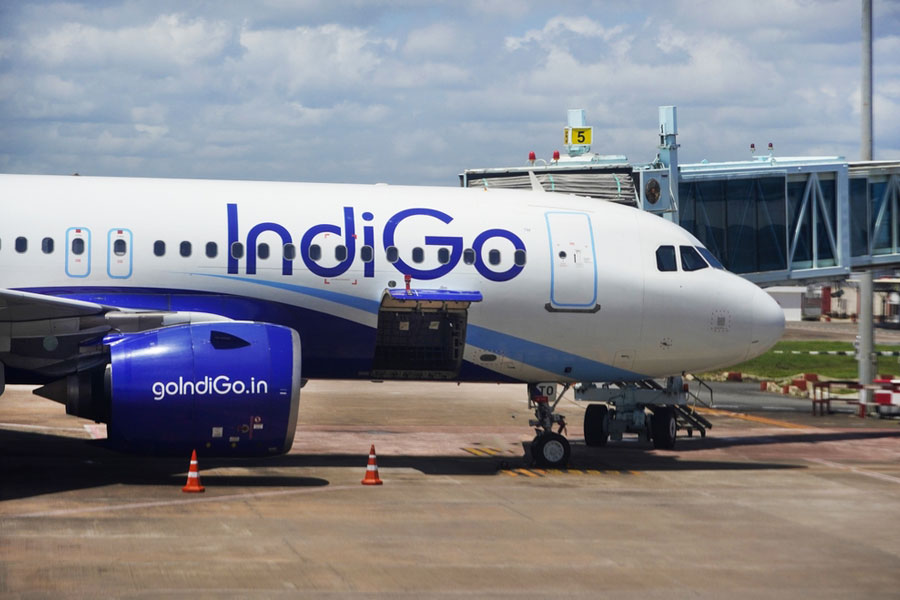New Delhi, May 7: India’s Dravidian languages evolved from a parent tongue that was the first to branch out about 15,000 years ago from a common ancestor of diverse languages spoken across Europe and Asia, a new study has suggested.
Scientists have identified ultraconserved words that they say point to a common ancestor of more than 200 languages grouped into seven families spoken in the present day across the two continents — from eastern Siberia to Kerala to Iceland.
An international team of researchers has drawn up a list of 23 ultraconserved words — “I”, “we”, “mother”, “this”, “give”, among others — that share roots across four to seven of the language families, linked to an ancestral language more than 15,000 years old.
“This is the deepest probe yet into the history of languages,” said Mark Pagel, professor of biology at the University of Reading in the UK who led the research. The findings appeared in the US journal Proceedings of the National Academy of Sciences yesterday. Linguistics had earlier proposed the existence of this superfamily of languages, but this is the first statistical evidence for the existence of a common ancestor.
Pagel and his colleagues drew on their own earlier studies which had shown that words in different languages evolve at different rates — some words tend to change relatively quickly, while other words are slow to change.
The researchers used statistical techniques to distinguish between slow-evolving and fast-evolving words across the seven language families in an attempt to look for genuine deep historical relationships between them.
The researchers have developed a theory that predicts that ultraconserved words are preserved across languages because they are used at a high frequency in everyday speech. “By ultraconserved, we mean shared across four or more of these language families,” Pagel told The Telegraph. “The word have been retained in a related form for at least 12,000 years and maybe more, they derive from a common ancestral word.”
The 23 ultraconserved words are cognates, or words that have emerged from common ancestral sounds or roots, although they may not necessarily sound similar in present-day languages. “Mother” in English is “mere” in French, “ana” in Turkish, and “ma” in Hindi, but they share a common root which, Pagel said, may have sounded like “amah”. Similarly, “we” in English and “nous” in French also had a common root that sounded like “neh”.
Their analysis has helped them develop a tree indicating the evolution of present-day languages from the common ancestor. The study suggests that the proto-Dravidian language was among the first to branch out from the common ancestor around 15,000 years ago.
Over subsequent thousands of years, the proto-Dravidian language mutated, or evolved into new versions of the language, including Brahui spoken in the Baluchistan region of Pakistan, and the languages of southern India.
“This analysis provides insights into the evolution of languages in the pre-agriculture era,” Quentin Atkinson, a psychologist and a team member at the University of Auckland in New Zealand told this newspaper. Archaeological evidence suggests that modern humans began to cultivate crops only about 10,000 years.
The findings suggest that the Eurasiatic superfamily that makes up more than 200 languages spoken across the two continents today is at least 15,000 years old. Researchers believe fully-spoken language itself is much older.
It is believed that fully-developed language seems to have evolved well before the migration of modern humans out of Africa about 70,000 years ago, Atkinson said.










